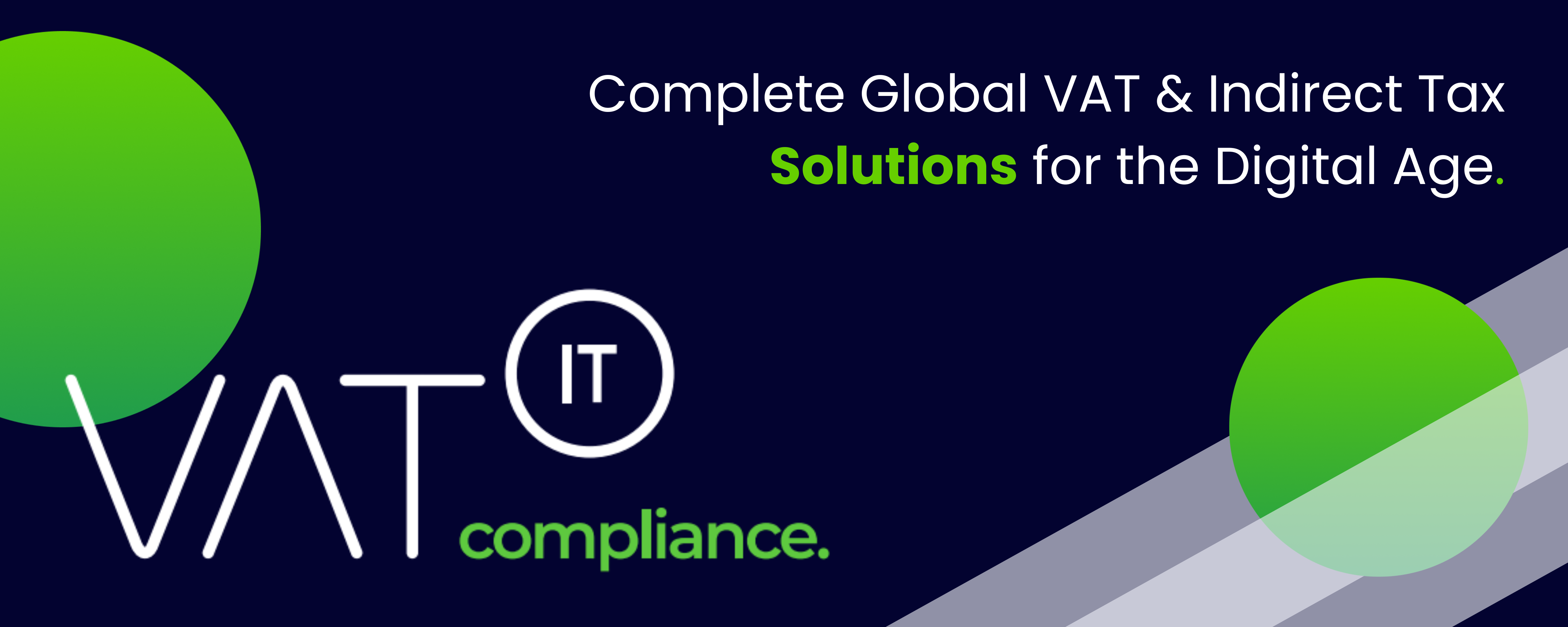VAT – to whom was the supply of the leases made? – contractual leases or commercial and economic reality – Airtours considered – Aldridge considered – appeal allowed
38. The relevant paragraphs from Airtours read:
“45. … As Lord Reed explained in Revenue and Customs Comrs v Loyalty Management UK Ltd [2013] STC 784, paras 66-67:
‘66. [T]he speeches in Redrow should not be interpreted in a manner which would conflict with the principle, stated by the Court of Justice in the present case, that consideration of economic realities is a fundamental criterion for the application of VAT. … [T]he judgments in Redrow cannot have been intended to suggest otherwise. On the contrary, the emphasis placed upon the fact that the estate agents were instructed and paid by Redrow, and had no authority to go beyond Redrow’s instructions, and upon the fact that the object of the scheme was to promote Redrow’s sales, indicates that the House had the economic reality of the scheme clearly in mind. When, therefore, … Lord Millett asked, ‘Did he obtain anything – anything at all – used or to be used for the purposes of his business in return for that payment?’, [that question] should be understood as being concerned with a realistic appreciation of the transactions in question.
67. Reflecting the point just made, it is also necessary to bear in mind that consideration paid in respect of the provision of a supply of goods or services to a third party may sometimes constitute third party consideration for that supply, either in whole or in part. The speeches in Redrow should not be understood as excluding that possibility. Economic reality being what it is, commercial businesses do not usually pay suppliers unless they themselves are the recipient of the supply for which they are paying (even if it may involve the provision of goods or services to a third party), but that possibility cannot be excluded a priori. A business may, for example, meet the cost of a supply of which it cannot realistically be regarded as the recipient in order to discharge an obligation owed to the recipient or to a third party. In such a situation, the correct analysis is likely to be that the payment constitutes third party consideration for the supply.’
46. Lord Hope made the same point in para 110 in remarks which are perhaps particularly germane for present purposes:
‘I think that Lord Millett went too far [at p 418G] when he said that the question to be asked is whether the taxpayer obtained ‘anything – anything at all’ used or to be used for the purposes of his business in return for that payment. Payment for the mere discharge of an obligation owed to a third party will not, as he may be taken to have suggested, give rise to the right to claim a deduction. A case where the taxpayer pays for a service which consists of the supply of goods or services to a third party requires a more careful and sensitive analysis, having regard to the economic realities of the transaction when looked at as a whole.’
47. This approach appears to me to reflect the approach of the Supreme Court in the subsequent case of WHA Ltd v Revenue and Customs Comrs [2013] UKSC 24; [2013] STC 943 where at para 27, Lord Reed said that “[t]he contractual position is not conclusive of the taxable supplies being made as between the various participants in these arrangements, but it is the most useful starting point”. He then went on in paras 30 to 38 to analyse the series of transactions, and in para 39, he explained that the tribunal had concluded that ‘the reality is quite different’ from that which the contractual documentation suggested. Effectively, Lord Reed agreed with this, and assessed the VAT consequences by reference to the reality. In other words, as I said in Secret Hotels2 Ltd v Revenue and Customs Comrs [2014] STC 937, para 35, when assessing the VAT consequences of a particular contractual arrangement, the court should, at least normally, characterise the relationships by reference to the contracts and then consider whether that characterisation is vitiated by [any relevant] facts.
48. The same approach was adopted by the Court of Justice in Revenue and Customs Comrs v Loyalty Management UK Ltd and Baxi Group Ltd (Joined Cases C-53/09 and C-55/09) [2010] STC 265, paras 39 and 40, where they stated, citing previous judgments, that ‘consideration of economic realities is a fundamental criterion for the application of the common system of VAT’, and added that that issue involved consideration of ‘the nature of the transactions carried out’ in the Page 16 particular case. To much the same effect, in Tolsma v Inspecteur der Omzetbelasting Leeuwarden (Case C-16/93) [1994] STC 509, para 14, the Court of Justice said that ‘a supply of services is effected ‘for consideration’ … only if there is a legal relationship between the provider of the service and the recipient pursuant to which there is reciprocal performance’, which it explained as meaning ‘the remuneration received by the provider of the service constituting the value actually given in return for the service supplied to the recipient’. In the context of the supply of goods, the Court made the same point in Primback Ltd v Customs and Excise Comrs (Case C34/99) [2001] 1 WLR 1693, para 25, where it described “the determining factor” as “the existence of an agreement between the parties for reciprocal performance, the payment received by the one, being the real and effective counter-value for the goods furnished to the other”.
49. In Revenue and Customs Comrs v Newey (Case C-653/11) [2013] STC 2432, para 40, the Court of Justice again emphasised that ‘that a supply of services is effected ‘for consideration’, within the meaning of article 2(1) of [the Sixth] directive, and hence is taxable, only if there is a legal relationship between the provider of the service and the recipient pursuant to which there is reciprocal performance, the remuneration received by the provider of the service constituting the value actually given in return for the service supplied to the recipient’ In para 41, the court went on to explain that ‘the supply of services is therefore objective in nature and applies without regard to the purpose or results of the transactions concerned and without its being necessary for the tax authorities to carry out inquiries to determine the intention of the taxable person’. The court then observed in paras 42-43 that ‘consideration of economic and commercial realities is a fundamental criterion for the application of the common system of VAT’ and that ‘the contractual position normally reflects the economic and commercial reality of the transactions’. An exception to the normal rule that the contractual relationship is central was then identified by the court as being where ‘those contractual terms constitute a purely artificial arrangement which does not correspond with the economic and commercial reality of the transactions’ (para 45).
50. From these domestic and Court of Justice judgments, it appears clear that, where the person who pays the supplier is not entitled under the contractual documentation to receive any services from the supplier, then, unless the documentation does not reflect the economic reality, the payer has no right to reclaim by way of input tax the VAT in respect of the payment to the supplier.”
….
40. Obviously, I agree with, and I am bound by Lord Clarke at paragraph 62 (vi) in Airtours where he says that payment is not decisive, so the mere fact that the Firm pays the rent does not necessarily mean that the supply for VAT purposes was made to the Firm. Lord Clarke pointed out that “substance and reality remain critical”.
41. As in Aldridge, the contractual arrangements are tripartite with the Firm being central to the very existence and working of the leases. As can be seen from my Findings in Fact, it is clear that the leases were negotiated with a view to the Firm taking the leases and occupying the premises for the purposes of its business. The Company was only introduced late in the day, to avoid the technical issues with the 1925 Act, and only subject to the condition that four partners of the Firm were at all times the Guarantors.
42. I have no hesitation in finding that the facts in this case are very similar to those in Aldridge. As was the case in Aldridge, as the Tribunal pointed out at paragraph 29, when negotiating the terms of the leases the partners of the Firm were fully aware of the legal difficulties and they sought to deal with them with the full cooperation of the landlord. They used the device of the dormant company to take the grant of the leases, with special guarantee rights arranged, in effect, so that only the partners for the time being were liable to the landlord in ensuring compliance with the terms of the leases (see paragraphs 17 and 27 above).
43. Like in Aldridge (paragraph 32) I conclude that the leases and guarantees are specific to the parties in the sense that each party only entered into these contractual arrangements because of the “identity, role and relationship between the other parties”.
44. Realistically only the Firm could give the covenants that were given. The Company could only enter into the leases because of those covenants due to its dormant status and lack of assets.
45. Ms Yusuf argued that the Firm had made the choice to insert the Company into the leases and therefore the Firm should shoulder the inevitable consequence which was that the VAT was not recoverable. In that context, HMRC made a bland and unsupported assertion in both their Amended Statement of Case and their Skeleton Argument that they referred or relied on “…the cases of Amarasti Land Investments C707/18 and Lloyds Banking Group TC/2016/02336 which had found that such a set of circumstances as in the Appellant’s case would in fact create a chain of supply.”
46. I agree with the Ms Yang that the former case is irrelevant as it deals with Article 28 of the Principal VAT Directive and has no application in relation to the facts of this case since the Company was not acting as an undisclosed agent and we are dealing with a supply of a lease which is a supply of goods and not services. The latter case was decided by considering the commercial and economic reality and does not support HMRC’s reliance on the name of the tenant in the leases.
47. Ms Yusuf also argued that the Firm could, and should, have structured matters differently. HMRC argue that the Company could, and should, have registered for VAT, opted to tax and then supplied the leases to the Firm. Of course, as can be seen from paragraph 27(f) above, that is prohibited by the leases.
48. The Tribunal in Aldridge addressed that argument at paragraph 43 and I agree with the conclusion there reached that that is not an argument which relieves either HMRC or the Tribunal “from looking carefully at the true nature, for VAT purposes, of the transaction which the [Firm] for good commercial reasons did in fact enter into.”
49. I am bound by Airtours and the quotation at paragraph 38 above which makes it absolutely clear that I must look objectively, without regard to the purpose or results of the leases, at the economic and commercial reality.
50. HMRC’s argument that the Company should have made an onward supply to the Firm ignores the whole reason that the leases were constructed as they were. As the Tribunal pointed out in Aldridge at paragraph 36, that would give rise to exactly the same problems with the 1925 Act that the parties were seeking to avoid in the first instance.
51. I too think that that is too narrow an approach because HMRC have concentrated on what has been granted by the Landlord rather than on what has been received by the Firm. The issue is whether the Firm is entitled to recover input tax. It had a liability in terms of the leases to make the payments of rent if the Company did not; as everyone involved knew, as a dormant company with £1 share capital and no assets or trade, the Company was in no position to pay the rent. If the Firm wished the leases to continue it had to pay the rent. In return for that rent the Firm secured the premises from which it operated its business.
52. That is the economic and commercial reality. The Company was a mere cipher and inserted into the leases in these particular circumstances to deal with the 1925 Act. The reality is that, as I have said at paragraph 41 above the Firm was at the centre of these leases as the leases themselves make explicit.
53. I have added emphasis to the last sentence in paragraph 150 of NT because I agree with it. I am concerned with the economic and commercial reality and that is that the invoices were sent to the Firm, albeit addressed to the Company and the Landlord expected that the Firm would pay them and the firm did so.
54. Whilst I understand why HMRC’s starting point was the contracts and therefore the leases, I cannot agree that the Firm is, as Ms Yusuf put it, “just a guarantor”. The terms of the lease make it clear that it was a great deal more than that. Kenwood does not assist HMRC. It is based on completely different facts and more pertinently it makes it explicit at paragraph 59 that the “basic principle” is that it is the “recipient of the supply who obtains the credit”. I agree with that statement.
55. It was referred to in AIS at paragraph 40 and I agree with the analysis in American Express Services Europe Ltd v Revenue and Customs Commissioners [2019] UKFTT 548 (TCC) (Judge Sinfield and Mrs Janet Wilkins), at paragraph 88:-
“[88] In paragraph 48 of Newey CJEU, the Court of Justice did not refer to all the matters of fact mentioned in the reference but focussed on two elements, namely where were the services effectively used and enjoyed and who benefited from them. This approach was reflected in U-Drive, where the Upper Tribunal considered, at [44], that whether U-Drive had an interest in the supply for which it was paying was relevant in assessing whether, in economic reality, the company received the supply.”
For the reasons that I have set out I have no hesitation in finding that the Firm used, enjoyed and benefitted from the rental of the premises and had a vested interest in the supply of those premises for which it was paying.
Decision
56. Viewing the arrangements entered into by the Firm in their entirety, the Firm can rightly be regarded as receiving for VAT purposes a taxable supply of goods by virtue of the leases for which it made payment, and the goods so supplied were used for the purposes of the business carried on by the firm. The VAT charged on the rent was therefore input tax of the firm and recoverable as such.
Source: bailii.org















